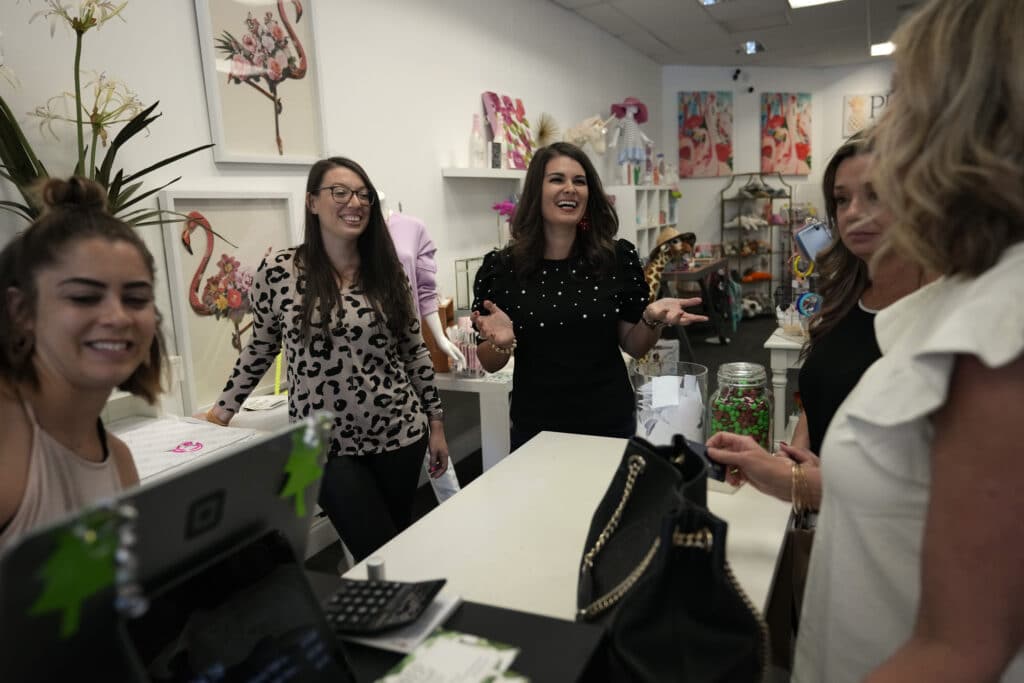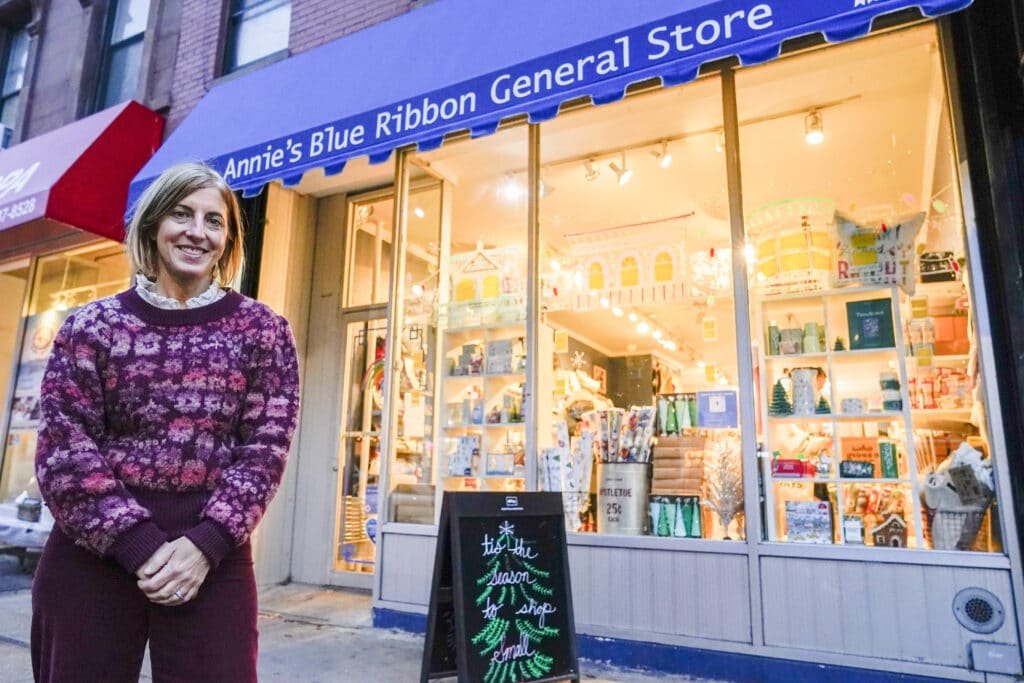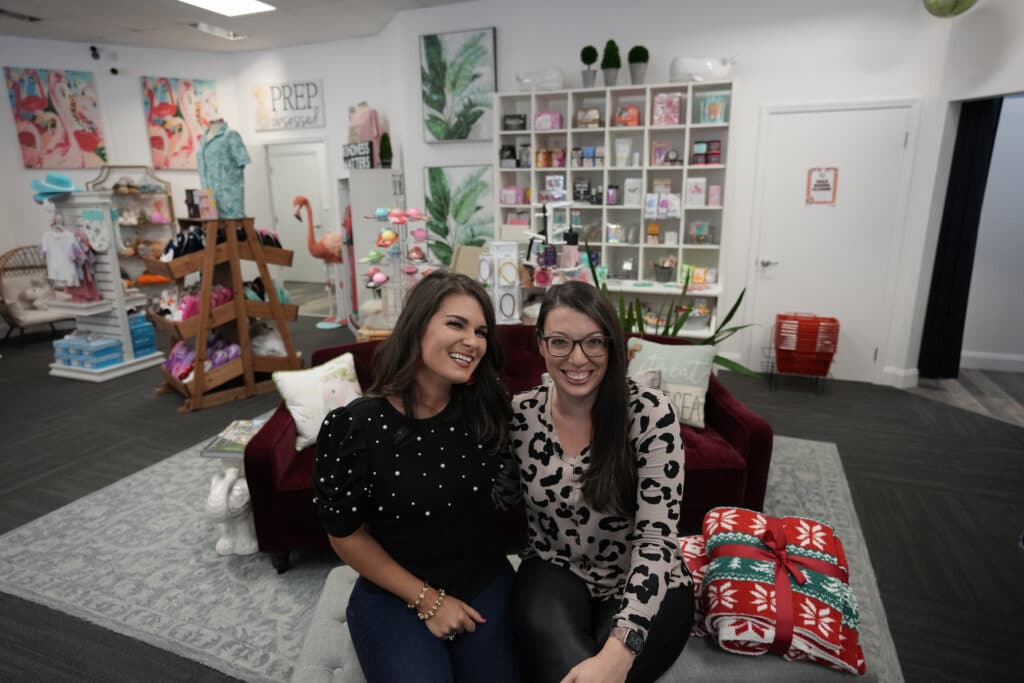After a crushing almost 2-years under a global pandemic, and surviving through nonsensical government lockdowns, the small store owners, and independent retailers still alive, are hoping for a great Christmas season to round out the year. Many businesses ordered decorations, toys, stocking stuffers and other items well in advance this year and have turned to smaller vendors to fill in any gaps in their inventory. As reported by the AP:
Small retailers are hoping they can capture some of the expected growth in holiday sales and end the year on a high note
NEW YORK (AP) — After a wearying nearly two years of the pandemic, independent retailers are cautiously hoping their holiday seasons will be bright, despite the challenges this year ranging from supply chain snags to shortages of hot holiday items.

Many Independent businesses ordered decorations, toys, stocking stuffers and other items well in advance this year and have turned to smaller vendors to fill in any gaps in their inventory. They’ve reached out directly to customers on social media. And they’re hoping that shortages at bigger stores stemming from supply chain issues this year will lead to a burst of last-minute shopping in their stores.
So far, worries about omicron and rising cases haven’t made a measurable dent on holiday shopping. For the week that ended Dec. 18, store traffic was up nearly 20% from a year earlier, though down 23% from the same week in the pre-pandemic year of 2019, according to Sensormatic Solutions. But there are still a few crucial shopping days left.
Small retailers are hoping they can capture some of the expected growth in holiday sales. The holiday shopping season is crucial because it can account for 20% or more of annual sales for retailers, and boosts store traffic and new customers. The National Retail Federation predicts a sales increase of 8.5% to 10.5% for all of November and December, after 8% growth in those months in 2020.
American consumers, flush with cash from government stimulus, rising stock prices and increases to their home equity, have kept spending despite high inflation and the ongoing pandemic. That’s put pressure on the global supply chain, leaving business owners scrambling to stock up on the products consumers want.
Last December, vendors warned Teresa Pries that shipping costs would be on the rise. So, Pries, owner of two Revival 23 clothing and gift boutiques in Fresno and Clovis, California, took a gamble for this year: She ordered about four times what she normally would before the price increases kicked in. She also rented storage units for the first time to have room for the extra inventory.
“It’s a little scary being a small business investing so heavily, but it has really paid off, our customers are thrilled,” she said. “We thought okay, let’s go for it. It’s probably one of the best business decisions we had. Scary but good.”

That gamble has paid off big time for Pries; her sales are up 90% compared with the same period last year. Now, her worry is less whether she bought too much, but the fact that she’s selling out of items.
“I’m nearly sold out of every single candle, which has been a big gift item,” she said.
As far as any worries about omicron putting a damper on store traffic: “We haven’t seen anything that would indicate that is a factor,” she said.
Other businesses are keeping up practices they started during the pandemic. Ann Cantrell has owned Annie’s Blue Ribbon General Store in Brooklyn for 14 years. She said social media promotions to reach out to customers during the pandemic are still boosting sales, including a video of new items each Friday.
“When something new comes in we put it in our (Instagram and Facebook) Story online,” she said. “We really relied heavily on that video every Friday, it started during pandemic and got an immediate reaction.”
Still, she fears some sales will be hampered by the supply chain. For important items she ordered from multiple vendors. For example, she ordered Hanukkah gelt – chocolate coins wrapped in foil — from three vendors and got two out of three.
“I think this is the year when you see it you buy it, on some levels with the supply chain” she said. “We’re grateful for what we have in store and waiting for exciting things we ordered months ago and are still waiting for.”
Corey O’Loughlin and Nina Vitalino co-own Prep Obsessed in Palm Beach Gardens, Florida, an online boutique that also has a brick-and-mortar location. Black Friday sales jumped more than 30% over last year, a relief for the owners.
“I think that our biggest takeaway (from the Black Friday shopping weekend) is we’re limited only by the inventory we can get, and speed of shipping product,” Vitalino said. “If we’re able to get more great product we can sell it.”
They’ve had some delays problems getting items from some larger suppliers, such as clothing, gift and home decor merchant Mud Pie. So, they’ve gotten creative, sourcing “smaller vendors, mom and pop wholesalers that we haven’t done big business with before,” Vitalino said.

“Customers are regularly commenting about how pleased they are with our inventory levels and selection,” O’Loughlin said. “Most large retailers are completely picked over at this point, but we have full stock of our items.”
Businesses are hoping for a surge during the last few days before Christmas. Guido Campello, co-CEO of Journelle, operates four lingerie stores, three in Manhattan and one in Chicago, Illinois. Journelle also has its own lingerie line. They stocked up about 35% more for the holidays. So far it has paid off, with sales up 30% over the Black Friday shopping weekend compared with a year ago.
Having product in stock will boost last-minute shopping, Campello expects.
“It’s very clear, my team has all been calling each other, going out to stores to shop for ourselves,” he said. “Nobody has inventory, nobody has sizes. This is a size driven category. Every single bra has to have 14 sizes and different colors.”
While sellouts are always an issue at the last minute, Campello says they’re putting the word out they’ll have plenty of offerings. The store’s social advertising leading up to Christmas is communicating: “We have stock, we’ve got you covered.”
By MAE ANDERSON






